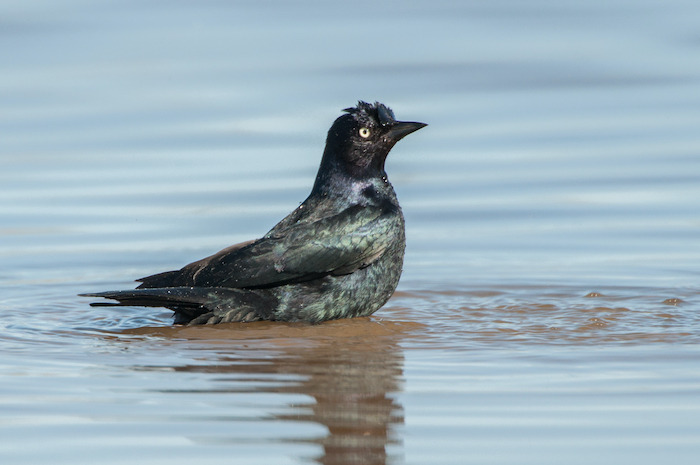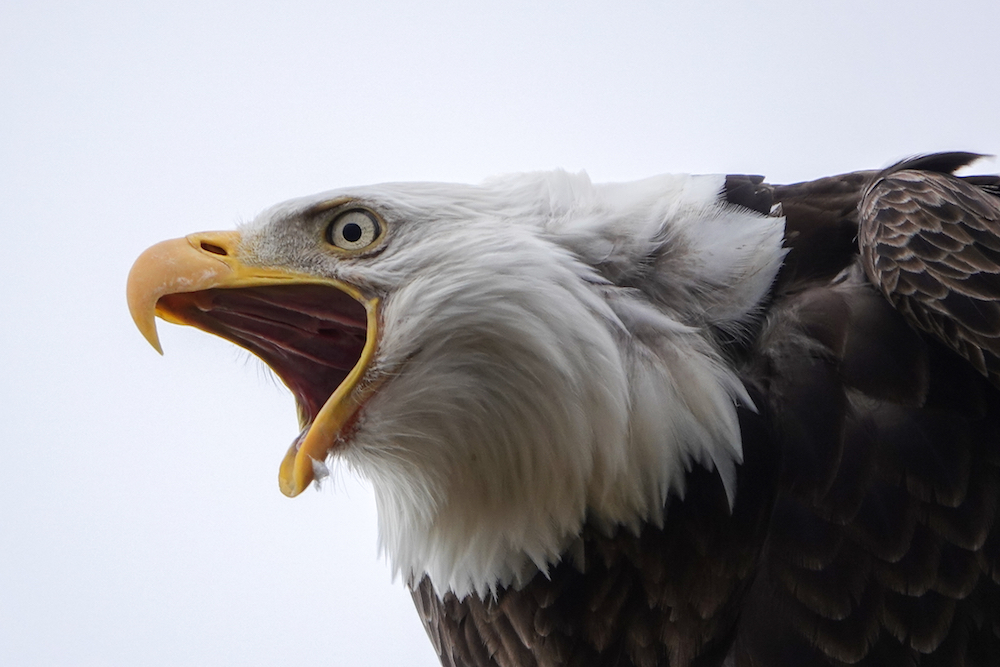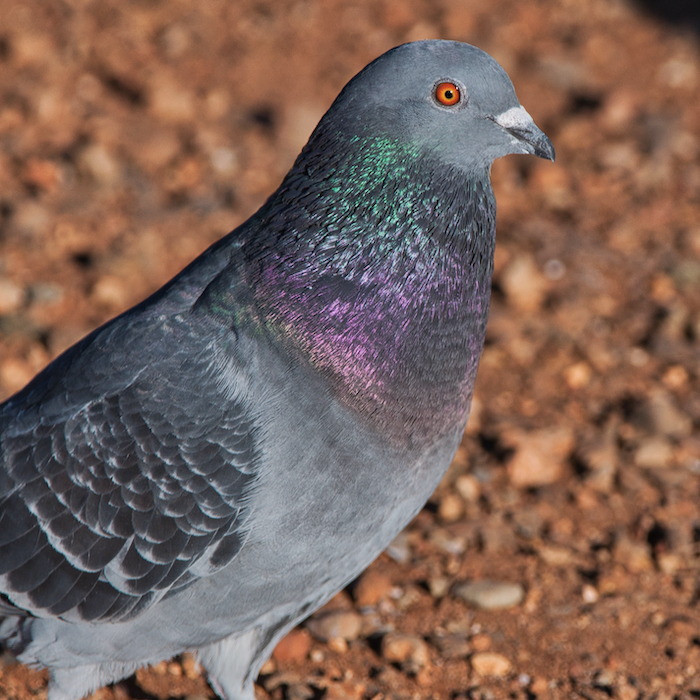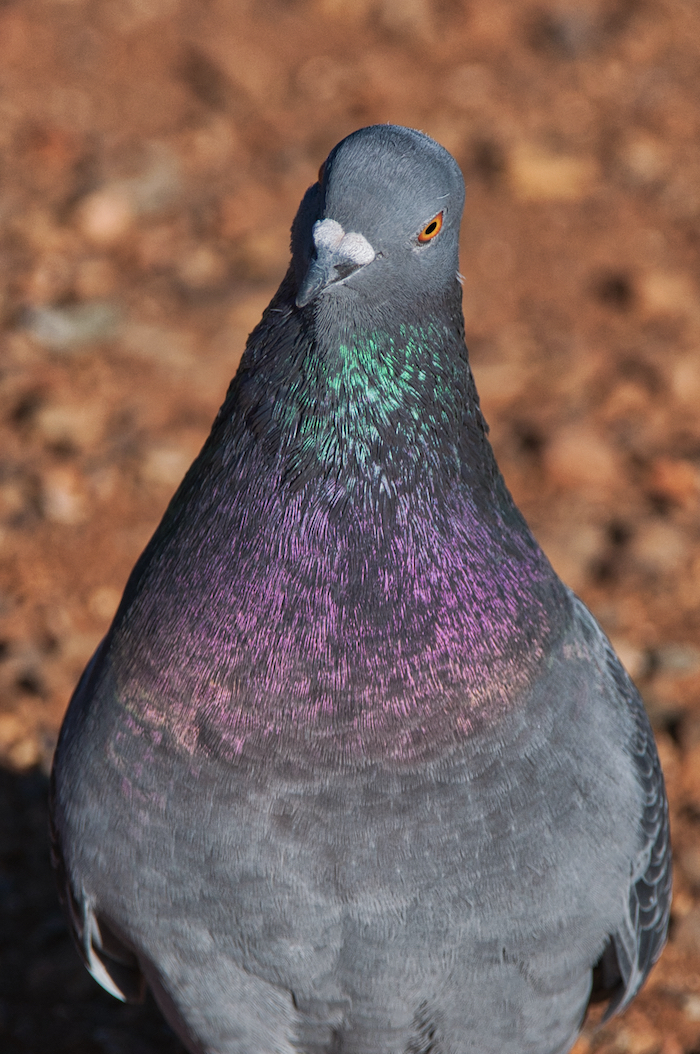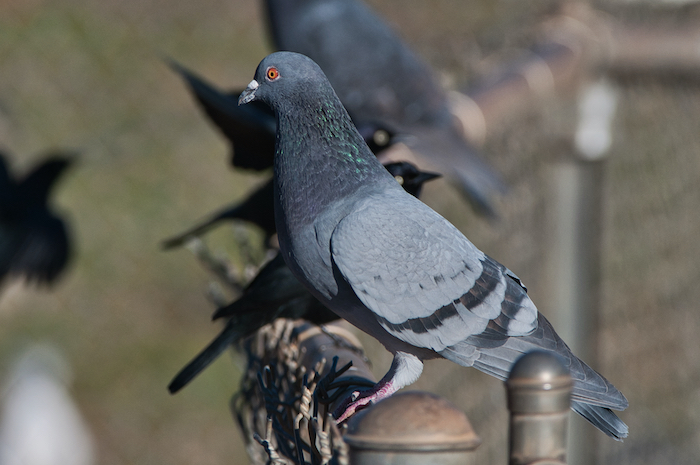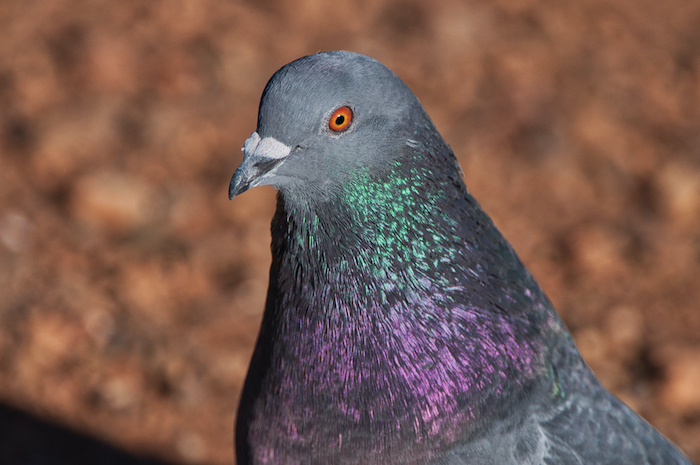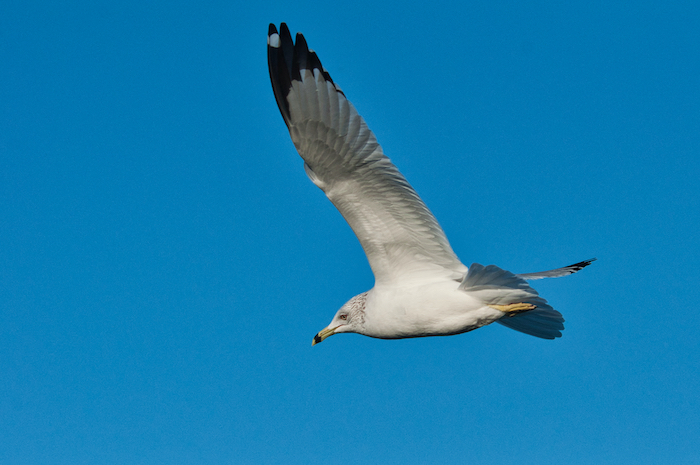
Ring-billed Gull
Trying to distinguish among the twenty-seven different species of North American gulls, with their look-alike and changing plumages, we are often at a loss. The birds, however, know just what they are about.
This time of year, ring-billed gulls are leaving their nesting lakes of the upper Midwest and Canada. The lakes will be icing over, and they know it’s time to head to the balmier promise of a California winter.
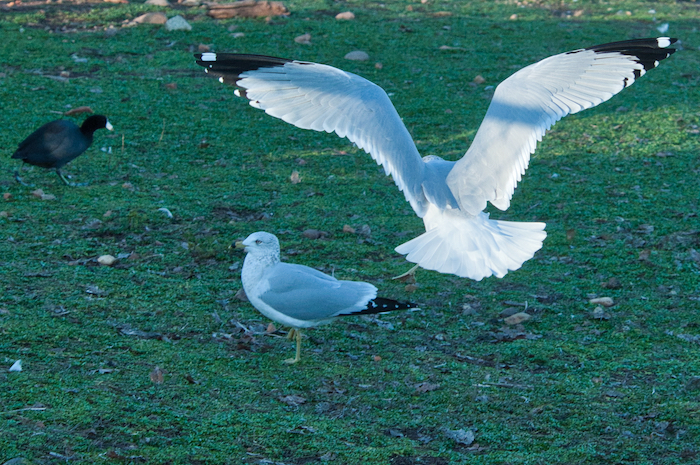
Ring-billed Gull Landing
You might see them enjoying a float on the river or resting on the shoreline, sitting quietly or squabbling with their friends over a nutritious bite of salmon. Sometimes they’ll snack at shopping malls and in parks. All over the North State, ring-bills offer some assistance in gull identification.
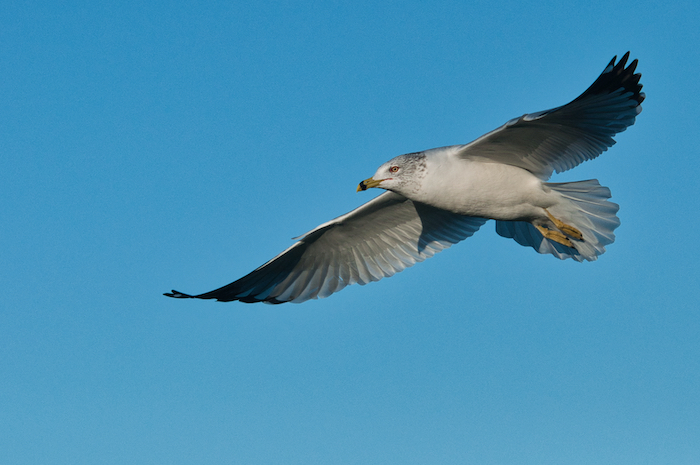
Ring-billed Gull
First, they are by far our most numerous gull. Call any local pale-winged gull with substantial black at the wing-tips a ring-bill, and you’re making a good guess.
Second, they are one of only two species here whose adults have yellow feet and legs–and their yellow is brighter than the yellow-green of the California gulls.
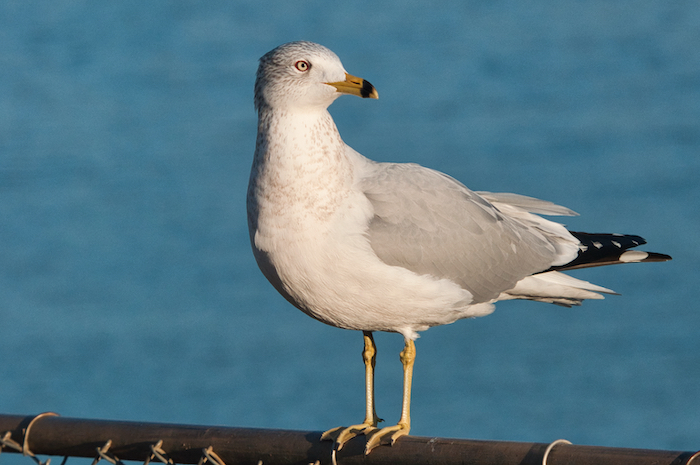
Ring-billed Gull
Third, they have a distinctive bill, a black ring just back of the tip. The other yellow-footed gull of our area has a red and black spot. More on these markings later.
Fourth, they are substantially smaller than the other gulls that frequent our area. Size can be tricky to judge, but it can also be helpful.
So ring-billed gulls are quite identifiable. Alas, however, what I have described applies only to adults, the ivory-headed beauties with winter speckles of brown on head and nape. What about all those mottled brown and splotchy gulls?
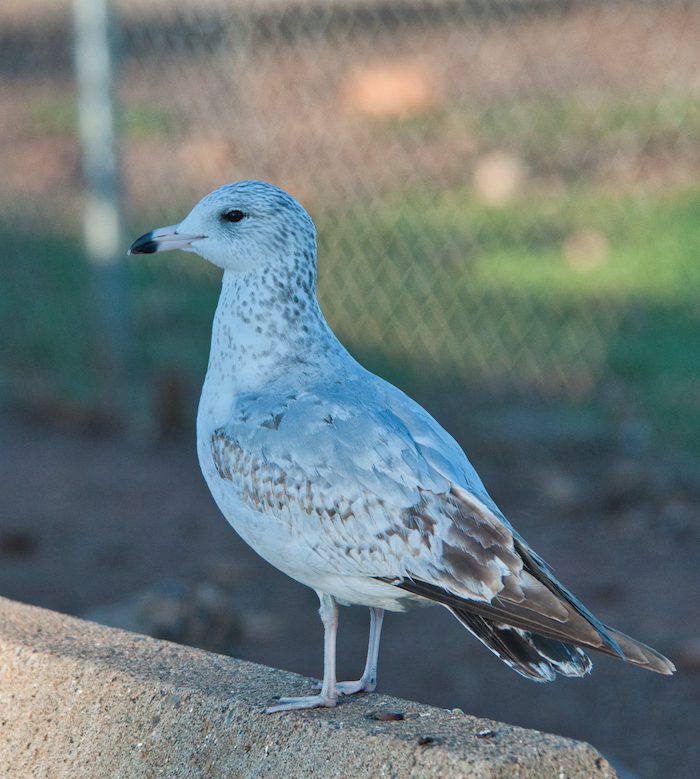
Ring-billed Gull First Year
Depending on the species, gulls take two to four years to reach adulthood, and their immature plumages vary widely. Ring-bills are a three-year gull. In their first winter, they are typically well freckled and glossed with brown, have light gray shoulders, and a black band on their tail; their bill is tipped black, and their feet are pinkish. In their second winter they look like adults except the brown speckles extend over their whole face and down their breast, and they may retain a black bill-tip and a small black bar on their tail.
So even North State ring-bills aren’t as easy to identify as we’d like. But the gulls don’t wear these plumages for our benefit.
Immature plumage apparently protects young gulls. Notorious for their quarreling over riverside and picnic snacks, adult gulls apparently give their immatures first rights, or at least generous leeway, in accessing food. Even in these seemingly squabblesome species, nature has rules about protecting its more vulnerable members.
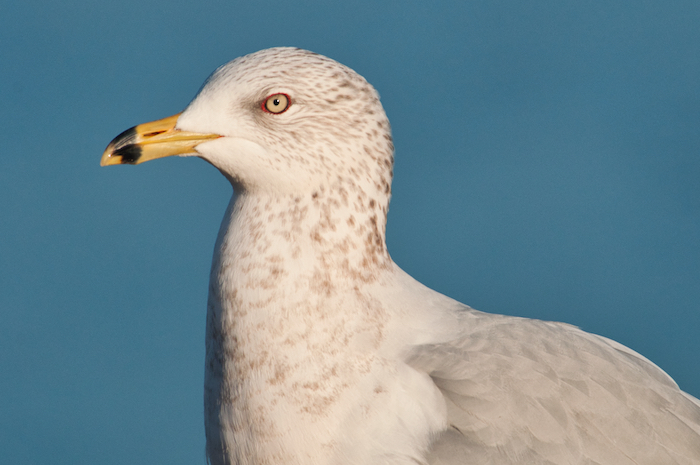
Ring-billed Gull
Their bill-tip marks, known as gonys spots, also help gulls prosper. Having traded in hands for wings a long time ago, many birds, including gulls, swallow food to carry it to their young. Nestlings recognize their parents’ gonys spots and instinctively peck at them. That pecking stimulates regurgitation from the parent, and thus dinner is delivered. It’s a process that violates our etiquette; but then, we have hands.
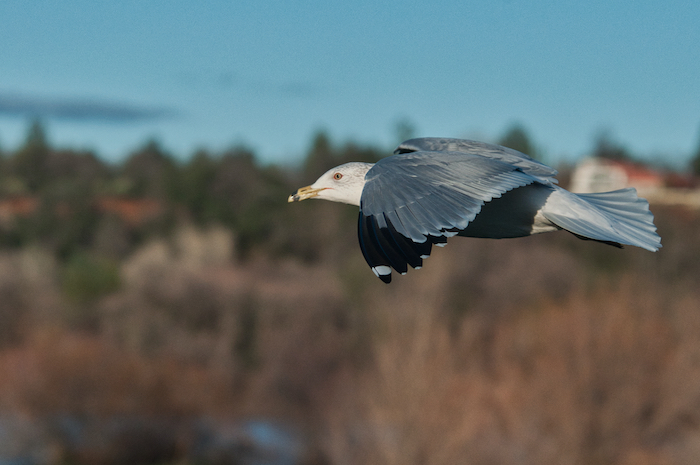
Ring-billed Gull
Having wings, however, allows gulls their own kind of sport. They drop food from a height and then dive-bomb to catch it in mid-air. As in humans, their seeming games develop skills that can help the birds prosper.
Ring-billed gulls are social, versatile, and successful. They have the skills to gather fish, grains, insects, and garbage, and the guts to live on them. As our young nation grew around them, they suffered severely from feather-hunting and habitat loss, but with the 1918 Migratory Bird Treaty Act they bounced back and now thrive across the continent.
Gulls may remain tough to identify, but they and we seem to have found a way to live together.


